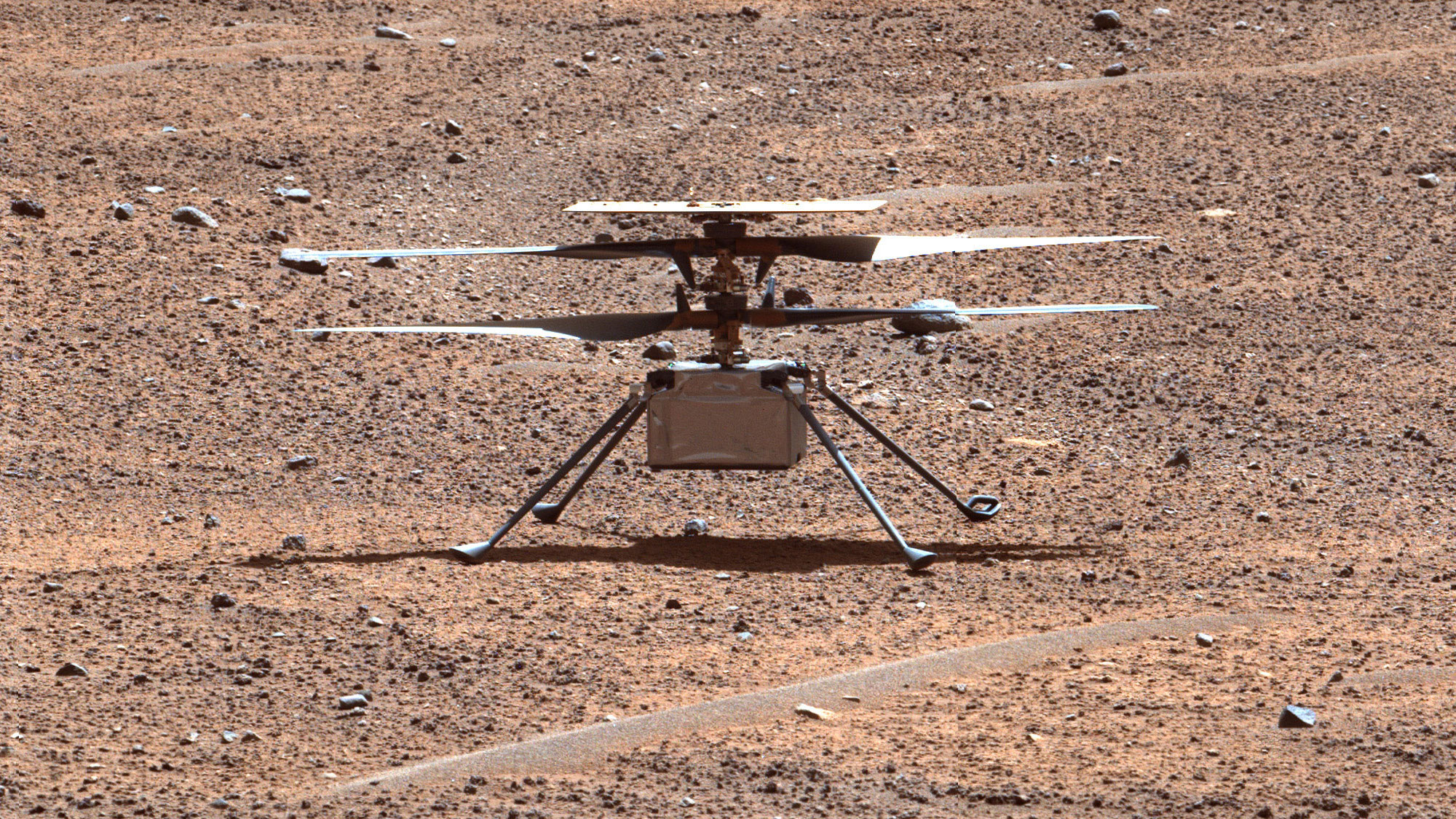

Ingenuity—NASA’s tiny, overachieving Mars rotocopter—has officially ended its historic mission after three years of loyal, extended service. Despite initial plans to only conduct five-or-so test flights over roughly 30 days back in 2021, the four-pound, 19-inch-tall drone kept on trucking for another three years. Ingenuity ultimately spent over two hours buzzing through Red Planet’s thin, CO2-laden atmosphere during its 72 total flights, eventually traversing a whopping distance of roughly 11 miles.
On January 25, however, NASA confirmed its rotocopter damaged at least one blade while completing a flight on January 18. Although upright and still in communication with ground control, Ingenuity’s days of aerial exploration are definitely behind it.

Dubbed “the little helicopter that could” by NASA director Bill Nelson in a prerecorded message posted yesterday, Ingenuity “flew higher and farther than we ever imagined.”
“Through missions like Ingenuity, NASA is paving the way for future flight in our solar system and smarter, safer human exploration to Mars and beyond,” he continued.
The helicopter touched down alongside the Perseverance rover way back on February 18, 2021, but continued setting new records as recently as last month. On December 20, 2023, Ingenuity sped along at nearly 22.5 mph for 135 seconds, covering about 2,315 feet in the process. Another successful flight ensued on December 22, but Ingenuity’s 71st mission unfortunately ended in an emergency landing. A planned vertical takeoff to confirm its location on January 18 allowed Ingenuity to ascend 40 feet into the air for 4.5 seconds before starting a slow descent to the Martian surface.

At about three feet from landing, however, the rotocopter lost contact with Perseverance, which is (among many other things) responsible for relaying Ingenuity’s data back to Earth. NASA reestablished a link the following day, but later identified significant rotor blade damage.
[Related: NASA’s Ingenuity helicopter set a new flight distance record on Mars.]
“Ingenuity is an exemplar of the way we push the boundaries of what’s possible every day,” Laurie Leshin, director of NASA’s Jet Propulsion Laboratory, said in yesterday’s announcement. “I’m incredibly proud of our team behind this historic technological achievement and eager to see what they’ll invent next.”
According to NASA’s final tally, Ingenuity lived up to its name for nearly 1,000 Martian days—around 33 times longer than anticipated. During its tenure, the rotocopter received a software update beamed through space that allowed it to autonomously select the best landing sites, weathered destructive dust storms, contended with a dead sensor, and lived through Martian winter temperatures as low as -112 degrees Fahrenheit.
Fare thee well, Ingenuity. For a trip down memory lane, check out NASA’s official mission website.
